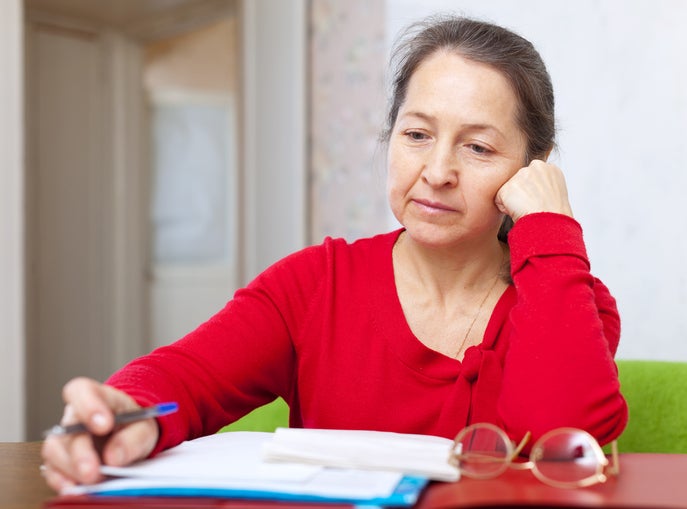
“Give a man a fish and you feed him for a day. Teach him how to fish and you feed him for a lifetime”
– Lao Tzu
Patient education is about empowering patients, equipping them to advocate for themselves. It encourages patient compliance, satisfaction, healthy lifestyles, and self-care capabilities. Patient education allows care to be truly patient-centric. When patients feel part of the conversation, equipped, and prepared for what providers are asking them to do, they can better manage their own care. Due to ineffective patient education, patient compliance is often low simply because patients do not know what to do, how to do it, or why they need to do it.
Decades of research prove that health information is often presented in ways that are not understood by most patients. If health care professionals want to leverage the full potential of people to care for themselves, health information must be accessible and understandable. According to the CDC, health information should be:
- Accurate: information must be presented accurately and in ways that the average person can understand
- Accessible: information must be presented in a format where people can see and use it
- Actionable: people you want to reach can do something with the information provided
Every person involved in the care of a patient should make sure the information patients receive is accurate, that their understanding of that information is actionable, and that they have access to that information. The goal of patient education is to supply an individual with what they need to change behaviors. To experience improved outcomes from changes in behavior, barriers to effective patient education must be overcome. These include low health literacy, unique learning needs of older populations, and ineffective teaching strategies.
About the Author


